What is a “village rug”?
Great question! It is one of the strange terms that we “ruggies” use that probably sounds strange but makes a lot of sense once you know what it describes.
Village rugs refer to rugs that were woven by settled villagers. Village rugs are created in a cottage industry setting and the rugs are almost by definition woven for sale. These differ from the purely “tribal rugs” of nomadic weavers which were woven as part of tribal tradition and expression. Village rugs also differ from the refined and formal rugs woven in highly organized workshop in larger cities which we refer to as “city carpets”. Whereas “city carpets” were also woven for sale, the finer weaving and carefully graphed designs differ from the pleasantly abstract, more loosely knotted and informal designs of village rugs. Finally, there is no mistaking the rare examples of “court carpets” that were woven in workshops run by the Sultans, Rajas and Pashas who financed the most finely woven works. These “court carpets” were destined only for the emperor’s collection or gifted as diplomatic gifts.
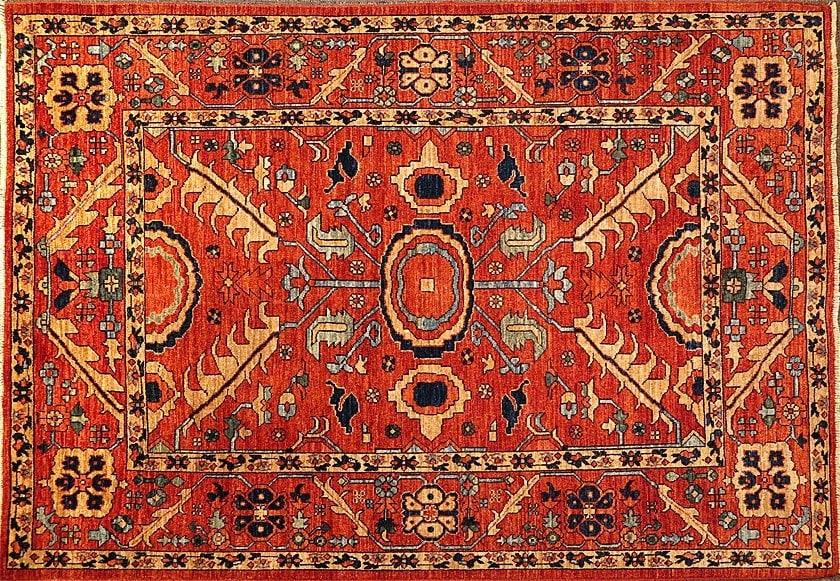
Village rugs, at their best, bridge the visual gap between the intensely geometric tribal designs of nomadic weavers and the busy, formal designs of city carpets. Informal, slightly primitive and loosely drawn with improvised design elements and “imperfections” are highlights of village carpets. And village rugs were made in large room sized rugs and oversized carpets. Since nomadic weaver did not travel with large looms, tribal rugs were almost exclusively created in small scatter sizes.
The Heriz carpets are a great example of the most successful village weavings. Heriz carpets are varied in design and often come in large sizes. However the design are mostly somewhat abstract and stylized. They are not emblematic tribal motifs but more closely resemble intricate floral and medallion motifs that have been loosely and liberally copied and become something new. Village rugs tend to have bold colors and emphatic designs. The patters can be sophisticated yet the execution retains slightly primitive and rustic qualities. I love village rugs as I get the sense that I am able to distinguish the character imbued by the individual weavers in the rug. Village rugs are not perfect and sterile works of craft. Rather they can be idiosyncratic and filled with personality; perfectly imperfect!
Village rugs are created in a cottage industry fashion and not in factories or elaborate workshops. Traditionally, one would find all the elements needed to craft a rug within one village. Sheep would be available nearby to provide wool for the village spinners. Then, the village dyers would dye the wool in traditional natural pigments. Meanwhile, the designers would be crafting hand-painted cartoons (or graphs) with the rug patterns. The dyed wool and cartoon would then be given to the weavers who would have a loom set up at home for weaving. The heavy physical labor of finishing the rug was handled by the young men. Finishing includes shearing, washing and stretching. In this way, all the village could be included in the task of crafting rugs.
Today, most of the rugs we sell are still crafted in this cottage industry tradition often with all the labor handled within one village. However in some instances more travel is involved. Many of the Afghan rugs we sell are handwoven in Afghanistan but other work takes place in far away Pakistan! The weavers work on their own time according to their own schedules at home in their remote villages in Northern Afghanistan. Yet, the dye workshop, the design workshop and the finish work all take place in Lahore, Pakistan. With more water available for washing and dying and with mild winters that allow for year-long washing Lahore is more suitable for these tasks. Also, Pakistan has sea-ports allowing for large exports via sea as well as importing of dye stuffs, etc. Hence, I am able to travel to Lahore today and place orders with the Afghan workshop and commission rugs that are woven in Afghanistan but designed in Pakistan. The logistics for this 21st century village weaving is complex and yet it somehow works despite all the many obstacles.
Needless to say, the future of village rugs is very uncertain. Already we have seen in Turkey and Iran that younger generations simply are not interested in the weaving trade. There are fewer and fewer weavers available to replace older weavers who retire. The same situation seems to be occurring in India as well. Younger people have more educational opportunities and are turning away from traditional crafts. Afghanistan still has many talented weavers. However, the social and political situation is far from stable there leading to hardships and uncertainty. For now, we are still able to source and custom order incredible village rugs. And yet, many in the industry believe that may no longer be the case in the decades to follow. Only time will tell.
Here are some examples of some great 21st century village rugs that we carry at Nomad Rugs. I hope you are able to stop by our San Francisco showroom to take a look. Or order online where shipping is free and the return policy is stress free. I hope you enjoyed reading! regards, Chris at Nomad Rugs
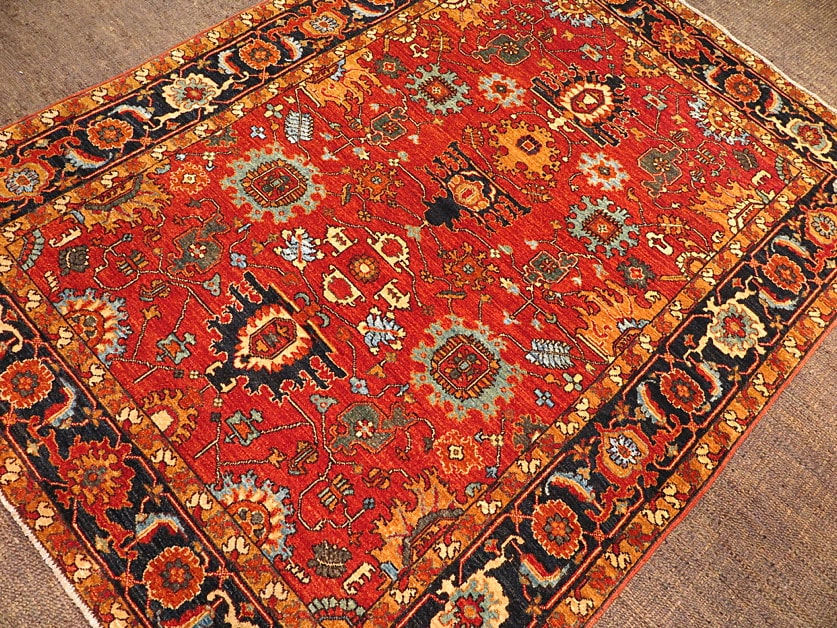
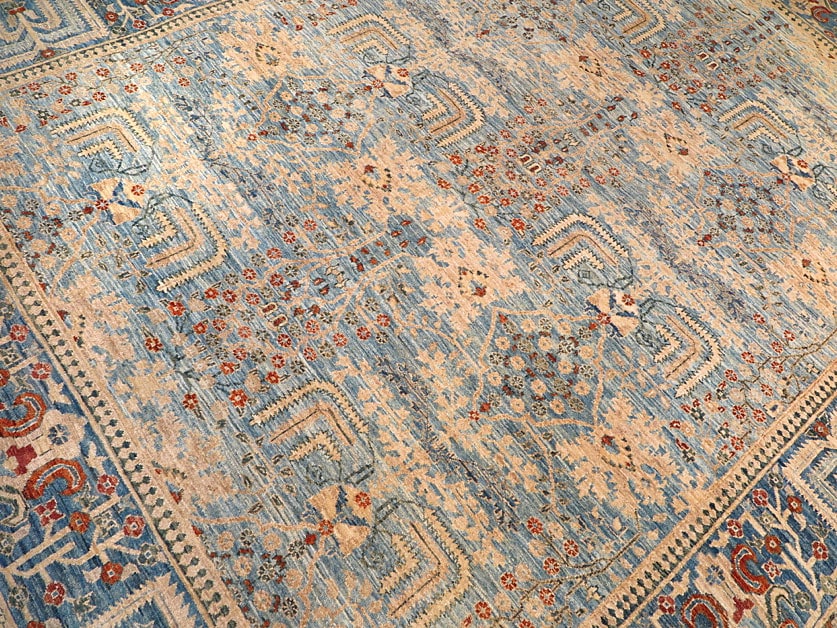
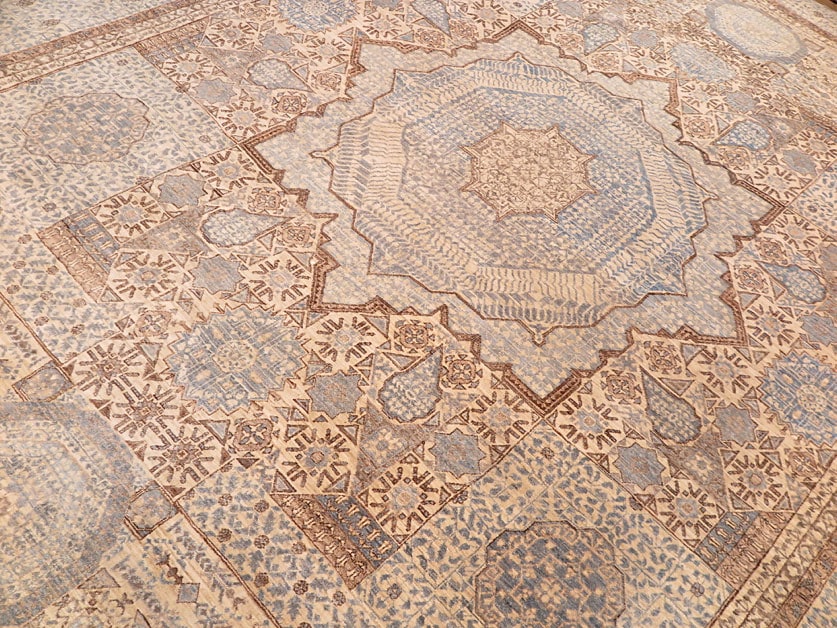
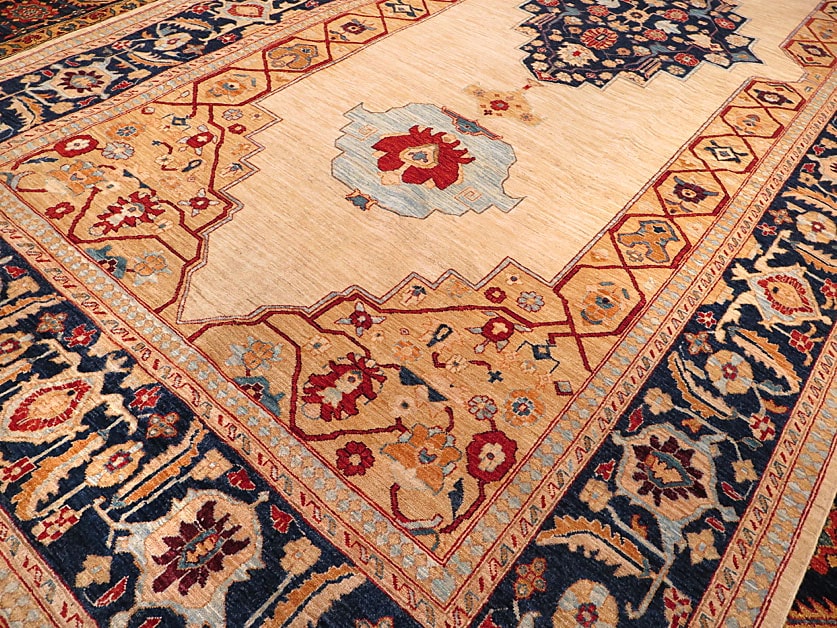
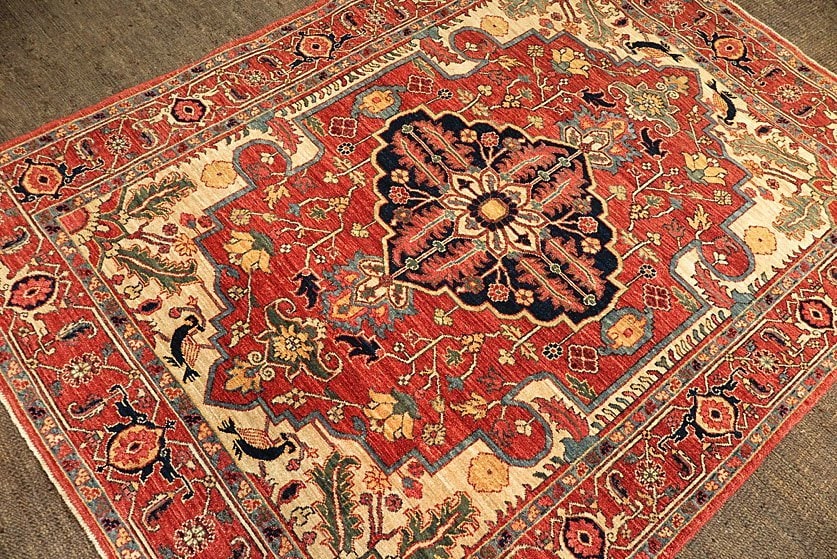
 © 2024 Nomad Rugs. All Rights Reserved.
© 2024 Nomad Rugs. All Rights Reserved.
This Post Has 0 Comments